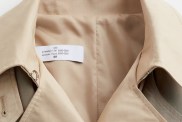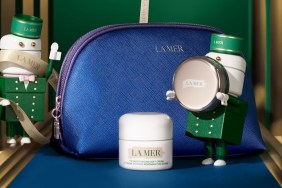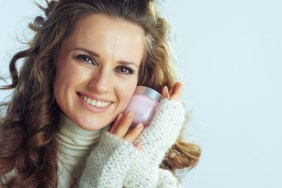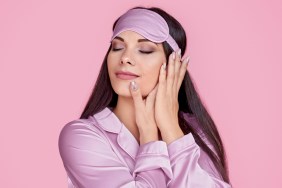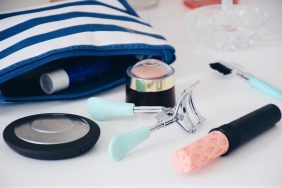While we all know the laundry list of reasons we should work out, it’s always easy to come up with an excuse not to work out. Just don’t let acne be one of those easy excuses. It may be a tough burden to bear that the threat of blemishes doesn’t go away with our teenage years, but there are plenty of tactics we can employ to mitigate the chances of them popping up after a sweat session. To find out how to best go about having a breakout-free workout, we turned to RealSelf contributor Dr. Joel Schlessinger and Annet King, director of global education for The International Dermal Institute.
Wash Your Face BEFORE You Work Out
“Prior to your workout, wash your face to remove any makeup,” says Schlessinger. “As you work up a sweat, makeup can clog pores and cause irritation.” King adds that if you must wear makeup while you sweat, choose a lightweight/oil-free tinted moisturizer or foundation and a waterproof mascara. Note, however, that you should be washing your face prior to working out even if you’re hitting the gym first thing in the morning. It isn’t sweat that causes breakouts, it’s the mix of sweat, dirt, oil and debris that gets pushed into your skin when you, for example, wipe your face with a towel that will cause blemishes. If your skin is clean before you work out, there won’t be anything there to clog your pores.
Wear the Right Clothes
“Always exercise in moisture-wicking fabrics, which absorb moisture to keep you cool during your workout. These fabrics also help prevent sweat from sitting on your skin for long periods of time,” explains Schlessinger.
Put Your Hair Up
Put your hair up in a ponytail or braid to keep it off your face, neck and back, says Schlessinger. “This is especially important if you use styling products in your hair as these can transfer to skin and cause breakouts.”
Be Careful About Touching Your Face
If you’re using a towel, never rub or wipe your face since this will not only irritate skin, but will make it more likely that you’re pushing contaminants into your skin. Moreover, whenever possible, try not to touch the gym equipment and then touch your face or body. “With so many people using the same exercise machines, germs and bacteria are easily spread. In general, it is best not to touch your face while working out,” says Schlessinger. “Touching the machine and then touching your face can transfer these bacteria, causing acne. Wash your hands frequently and don’t forget to wash them again after working out.”
Shower and Wash Your Face After You Work Out
Wash your face again after your workout to remove sweat, bacteria and other impurities. The longer you go without washing your face after a workout, the more likely your skin is to breakout. “I recommend using a clarifying cleanser with salicylic acid to eliminate acne bacteria and glycolic acid to gently exfoliate skin,” says Schlessinger. “Keep in mind bacteria thrive in moist environments. Even if showering isn’t an option, change out of your exercise clothes as soon as possible. Sweat easily becomes trapped inside tight-knit clothing, leading to acne, irritation and other problems.”
For those that can’t shower, King also suggests tossing a pack of wipes into your gym bag for a quick refresh. “Look for alcohol-free, natural astringent alternatives with ingredients like salicylic acid, witch hazel and camphor to knock out pimple-causing bacteria and stimulate natural exfoliation, helping to clear impacted follicles and minimize breakouts.”
If you can shower, wash your body with an antibacterial body wash, focusing on any areas where your skin touched the exercise equipment or anywhere you’re prone to breakouts (like the chest and back), says Schlessinger, who also tells his clients to use a body wash that contains bleach to remove bacteria. King adds that you should be looking for soap and fragrance-free body washes, as harsh soaps and exfoliants can strip skin of essential moisture and create a bacteria-loving environment. You should also toss your loofahs. “In addition to harboring bacteria within, it also creates microlacerations on the skin’s surface to encourage bacteria to take up residence.”
Presented by Vichy Laboratories

